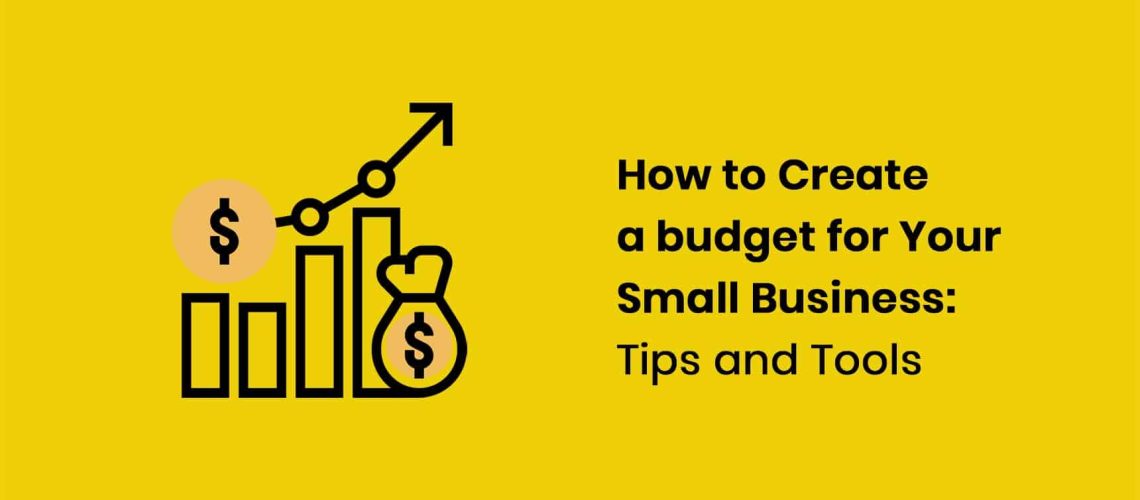Creating a budget for your small business is a critical component of financial planning. A budget allows you to plan for expenses, set financial goals, and monitor your cash flow. In this guide, we will provide tips and tools to help you create a budget for your small business.
- Determine Your Income: The first step in creating a budget is to determine your business’s income. This includes all sources of revenue, such as sales, investments, and loans. If your business is new, you may need to estimate your income based on industry benchmarks or market research.
- List Your Expenses: Next, you need to list all of your business expenses. This includes both fixed expenses, such as rent and salaries, and variable expenses, such as supplies and marketing. To ensure you don’t miss any expenses, review your financial statements and bank statements for the past several months.
- Categorize Your Expenses: Once you have a list of all your expenses, categorize them into different groups. For example, you may have categories such as rent, salaries, marketing, supplies, and utilities. This will make it easier to track your expenses and identify areas where you may be overspending.
- Set Financial Goals: Setting financial goals is an important part of budgeting. These goals may include increasing revenue, reducing expenses, or increasing profit margins. When setting goals, it is important to be realistic and specific. For example, instead of setting a goal to “increase revenue,” set a goal to “increase revenue by 10% in the next six months.”
- Create a Cash Flow Projection: A cash flow projection is a forecast of your business’s cash inflows and outflows over a specific period of time, such as a month or a year. This projection can help you identify potential cash shortages and plan accordingly. To create a cash flow projection, start with your beginning cash balance, add your expected inflows, subtract your expected outflows, and end with your ending cash balance.
- Use Budgeting Tools: There are many budgeting tools available that can help you create and manage your budget. Some popular options include:
-
- Excel or Google Sheets: These spreadsheet programs are a simple and flexible way to create a budget. You can create templates or use pre-built templates to get started.
- Accounting Software: Many accounting software programs, such as QuickBooks and Xero, have budgeting tools built in. These tools can help you create a budget and monitor your actual expenses and revenue compared to your budget.
- Online Budgeting Tools: There are many online budgeting tools available, such as Mint and Personal Capital. These tools can help you track your expenses and monitor your budget on the go.
- Review and Adjust Your Budget Regularly: Creating a budget is not a one-time task. It is important to review and adjust your budget regularly to ensure it remains accurate and relevant. Review your budget at least once a month and adjust it as needed based on changes in your business or the market.
Conclusion
Creating a budget is an essential part of managing a small business. By following these tips and using budgeting tools, you can create a budget that helps you achieve your financial goals and manage your cash flow effectively. Remember to review and adjust your budget regularly to ensure it remains relevant and accurate.








